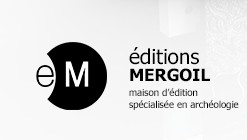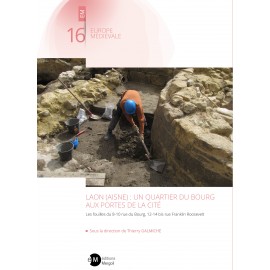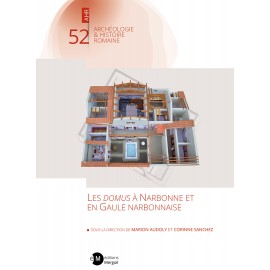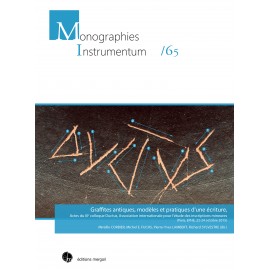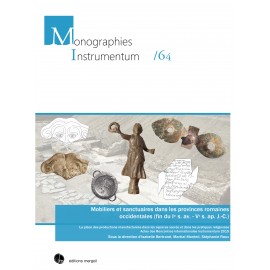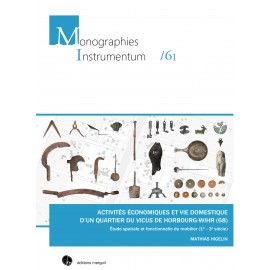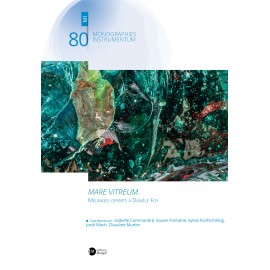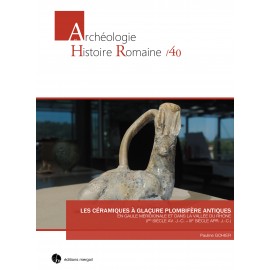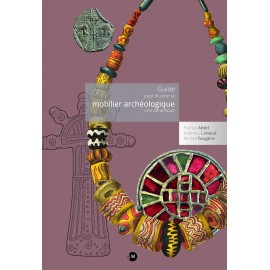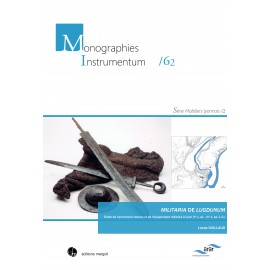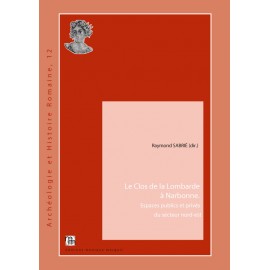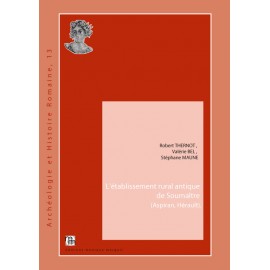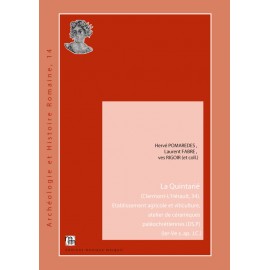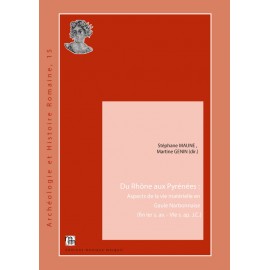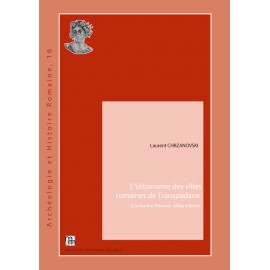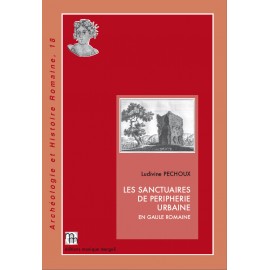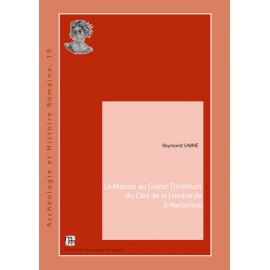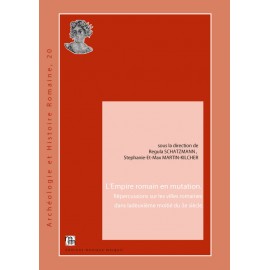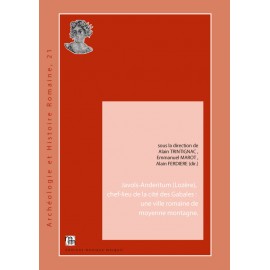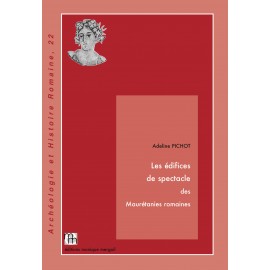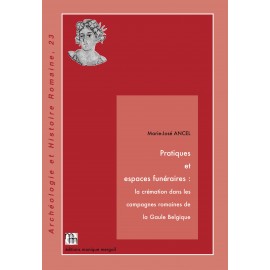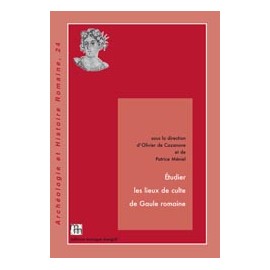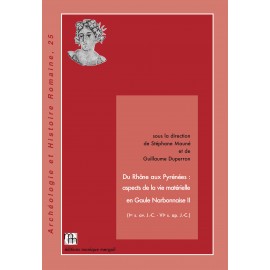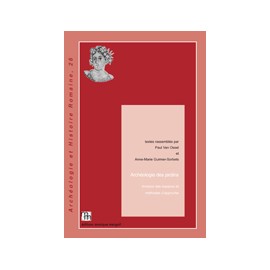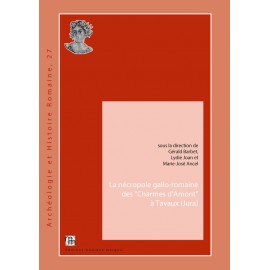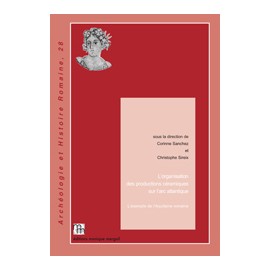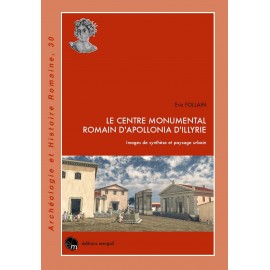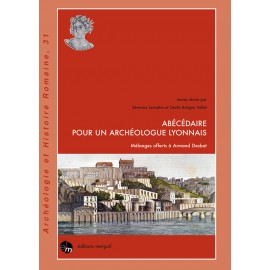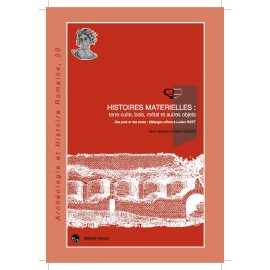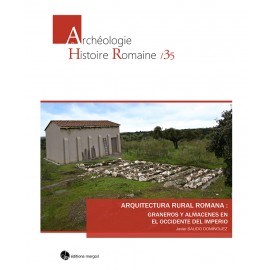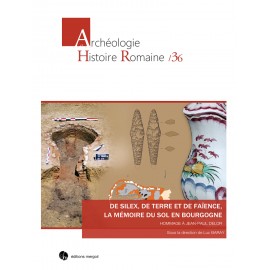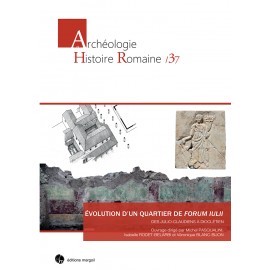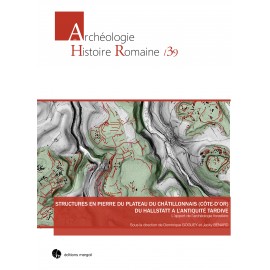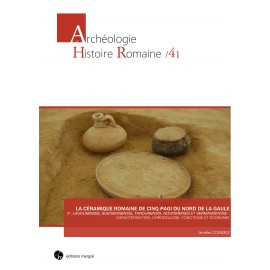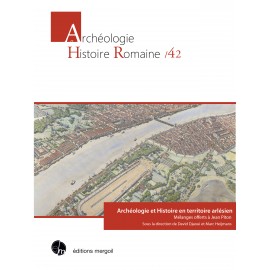No products
Prices are tax included
Product successfully added to your shopping cart
There are 0 items in your cart. There is 1 item in your cart.
Archéologie et Histoire Romaine
- Archéologie et Histoire Romaine
- Archéologie Moderne et Contemporaine
- Archéologie des Plantes et des Animaux
- Archéologie du Paysage
- Archives & Histoire de l'Archéologie
- Europe Médiévale
- Monographies Instrumentum
- Préhistoires
- Protohistoire européenne
- Research Protocols
- Off collections
- Les cahiers de saint-michel de Cuxa
- Second-hand
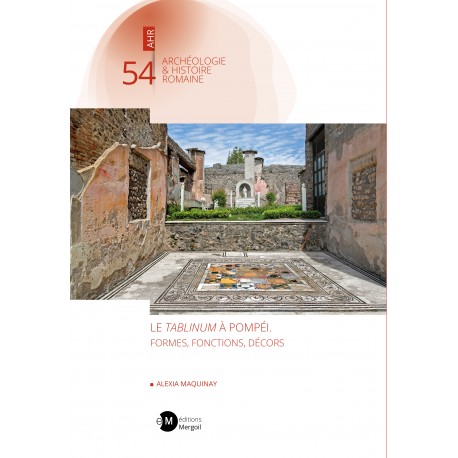 View larger
View larger Le tablinum à Pompéi. Formes, fonctions, décors.
AHR-54
New
AHR-54 - Le tablinum à Pompéi. Formes, fonctions, décors.
Alexia Maquinay
2025, 308 p. coul, (ISBN : 978-2-35518-151-1).
foreword : Gilles Sauron
language : français. diffusion : éditions Mergoil
More info
Resume :
In the houses of Roman Antiquity, the tablinum inevitably draws the eye.
Positioned along the longitudinal axis of the entrance, extending the atrium, this space is also notable for its lack of a front wall, highlighting the importance of its decoration and furnishings.
The fact that it has never been the subject of a retrospective may be surprising, given its consistent presence in Roman private architecture. Moreover, several contradictory interpretations still exist regarding its definition, its appearance within the layout of Italic domus, its architectural and stylistic evolution.
Through the best-preserved examples of this type in the Roman world—those of the Campanian city of Pompeii—this study aims to trace the history of this traditional room in the Roman house, its Etruscan origin, its various forms and arrangements, to present the full range of decorations that adorned its walls, and to reassess the different functions it may have served over the centuries, based on Latin sources and the archaeological furniture from 79 AD, unearthed during excavations in the Vesuvian cities.
SOMMAIRE
Introduction
Première partie - POUR UNE HISTOIRE DU TABLINUM ROMAIN
- Tablinum : le mot et la chose. Corpus littéraire et historiographie
- L’origine du tablinum en Étrurie : la salle ouverte sur cour (VIIIᵉ-VIᵉ siècle av. J.‑C.)
Deuxième partie - ARCHITECTURE
- Morphologie et typologie du tablinum à Pompéi
- Le tablinum primitif à Pompéi
- L’âge d’or du tablinum : le IIᵉ-Iᵉ siècle av. J.-C.
- Du tablinum républicain au tablinum impérial : la dernière phase
- Transformations et disparitions : les signes du déclin ?
Troisième partie - LE DÉCOR DU TABLINUM À POMPÉI
- La façade du tablinum à Pompéi
- Peintures et sols des tablina pompéiens
Quatrième partie - LA FONCTION DU TABLINUM ROMAIN
- La fonction du tablinum étrusque
- La fonction du tablinum républicain
- La fonction du tablinum impérial
- Le tablinum en l’an 79 de notre ère
Conclusion
Annexes
Sources et bibliographie
